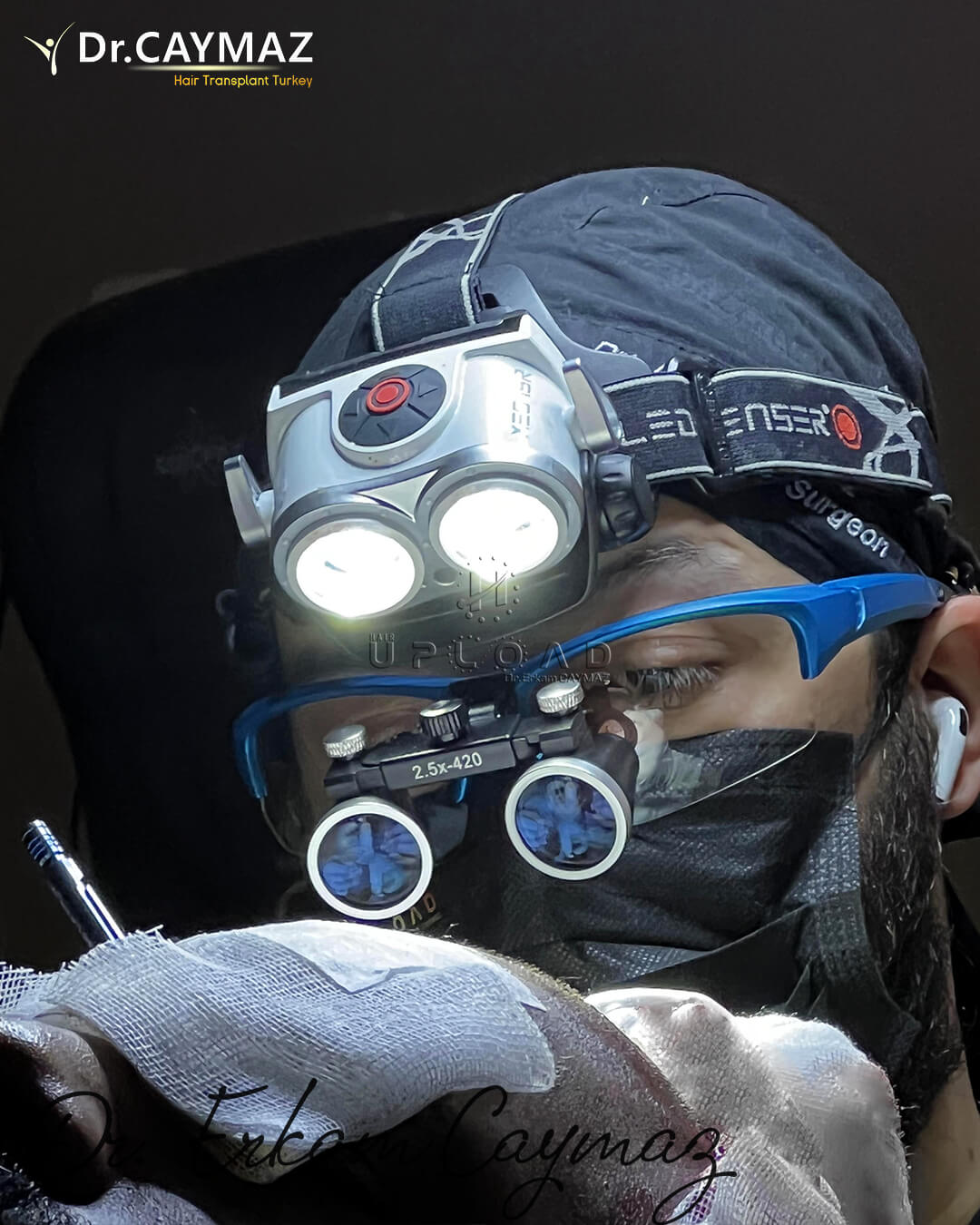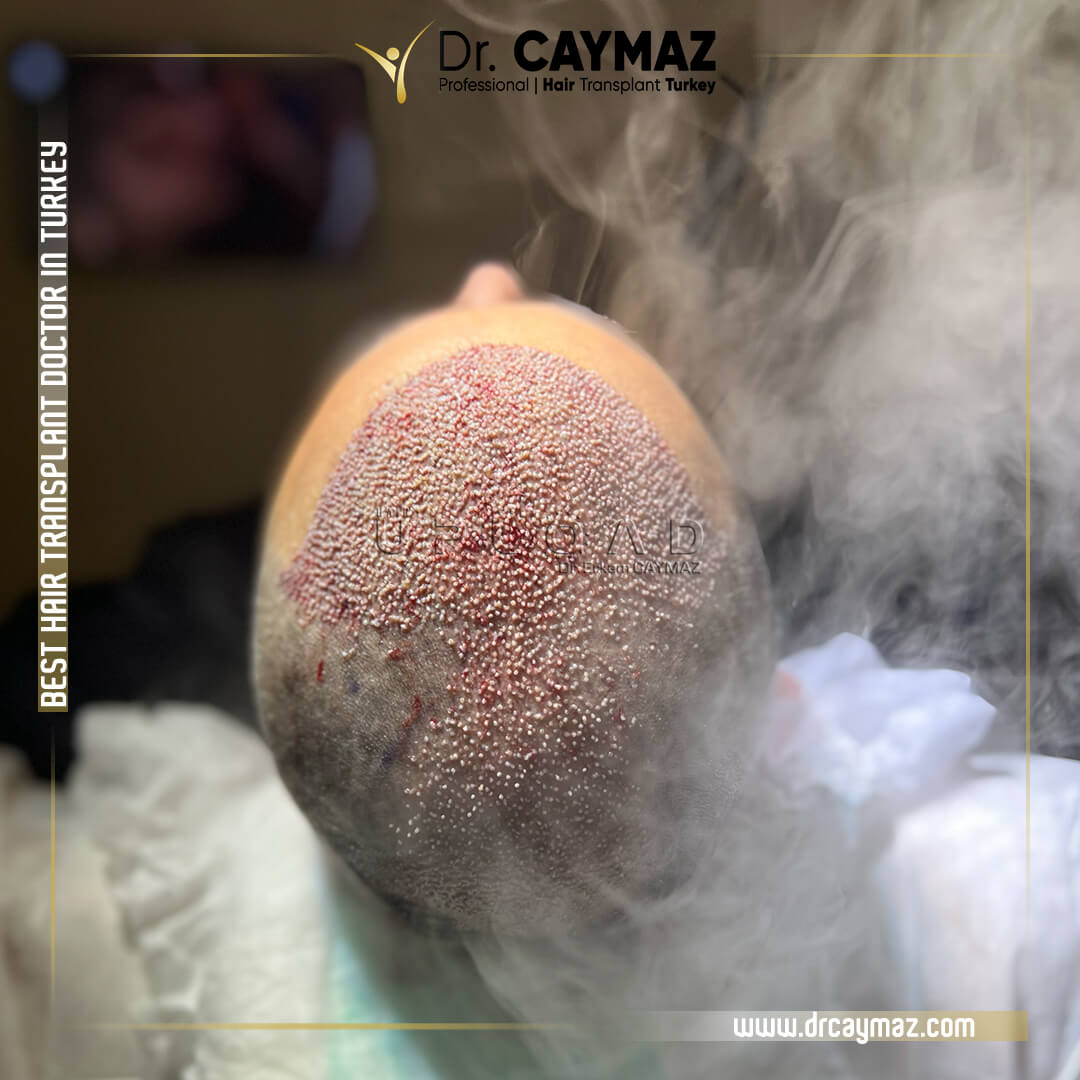The Evolution of Hair Transplantation: A Historical Journey
Introduction:
Hair transplant surgery has undergone significant advancements over the years, offering hope to those experiencing hair loss. The history of hair transplantation demonstrates the continuous pursuit of scientific progress in the field of cosmetic surgery.
Early Beginnings:
The roots of hair transplantation can be traced back to the 19th century when early attempts were made to address baldness. However, it wasn’t until the mid-20th century that the modern era of hair restoration began.
1950s-1960s: The Emergence of Punch Grafts
In the 1950s and 1960s, Dr. Norman Orentreich pioneered the technique of punch grafts. This involved transplanting small, circular grafts of hair-bearing skin from the donor site to the balding area. While revolutionary at the time, the results were often unnatural and doll-like.
1970s-1980s: Mini and Micro Grafts
The following decades saw the refinement of hair transplant techniques with the introduction of mini and micro grafts. Surgeons began using smaller grafts, creating a more natural appearance. This period marked a crucial step towards achieving aesthetically pleasing results in hair transplantation.
1990s: Follicular Unit Transplantation (FUT)
The 1990s witnessed a groundbreaking development in hair restoration with the advent of Follicular Unit Transplantation (FUT). Dr. Robert Bernstein and Dr. William Rassman introduced the concept of harvesting and transplanting follicular units – naturally occurring groups of hair follicles. This technique significantly improved the overall look of transplanted hair.
21st Century: Rise of Follicular Unit Extraction (FUE)
As we entered the 21st century, Follicular Unit Extraction (FUE) gained prominence. Unlike FUT, FUE involves individually extracting follicular units, leaving minimal scarring. This method appealed to those seeking a less invasive option for hair transplantation.
Present Day: Advanced Techniques and Technologies
Hair transplantation is a field that continues to evolve with the integration of advanced techniques and technologies, including robotics and artificial intelligence. These advancements have enhanced the precision and efficiency of procedures.
Conclusion:
The history of hair transplantation, from its modest beginnings to the advanced procedures of today, reflects the commitment of medical professionals to offer effective solutions for hair loss. As technology continues to progress, the future holds even greater promise for individuals seeking natural and long-lasting solutions to their hair restoration needs.






